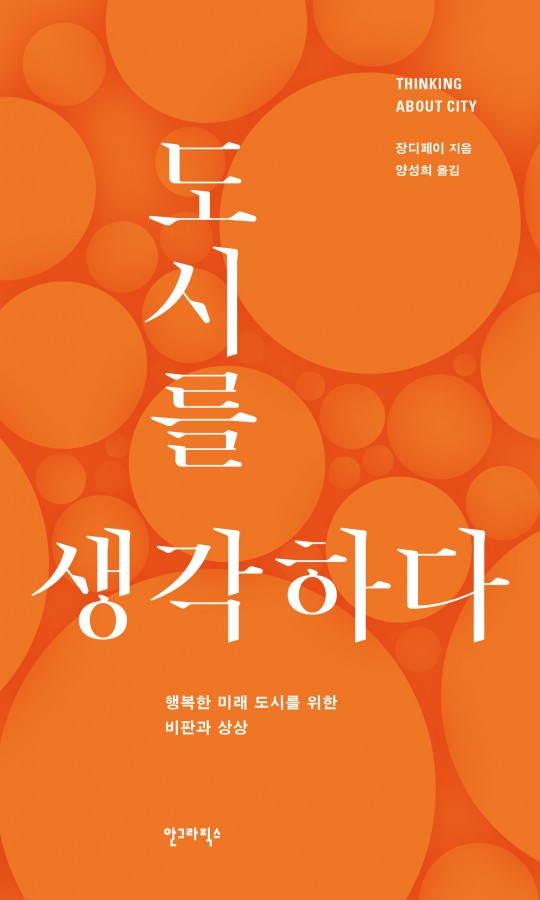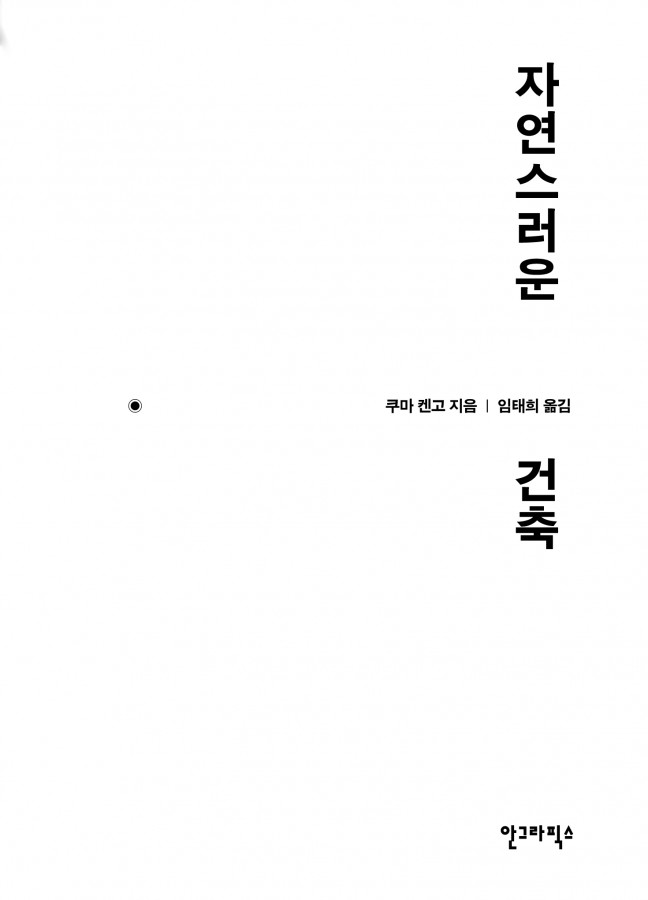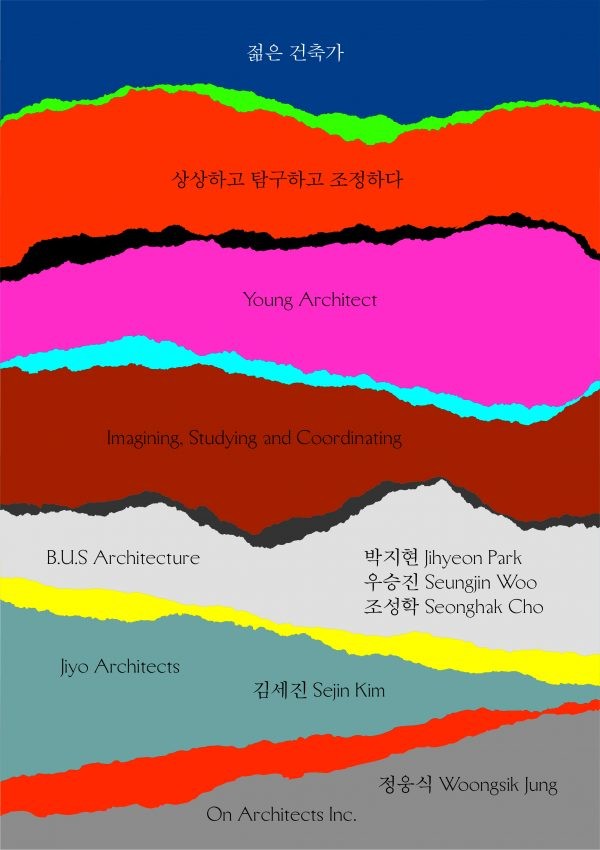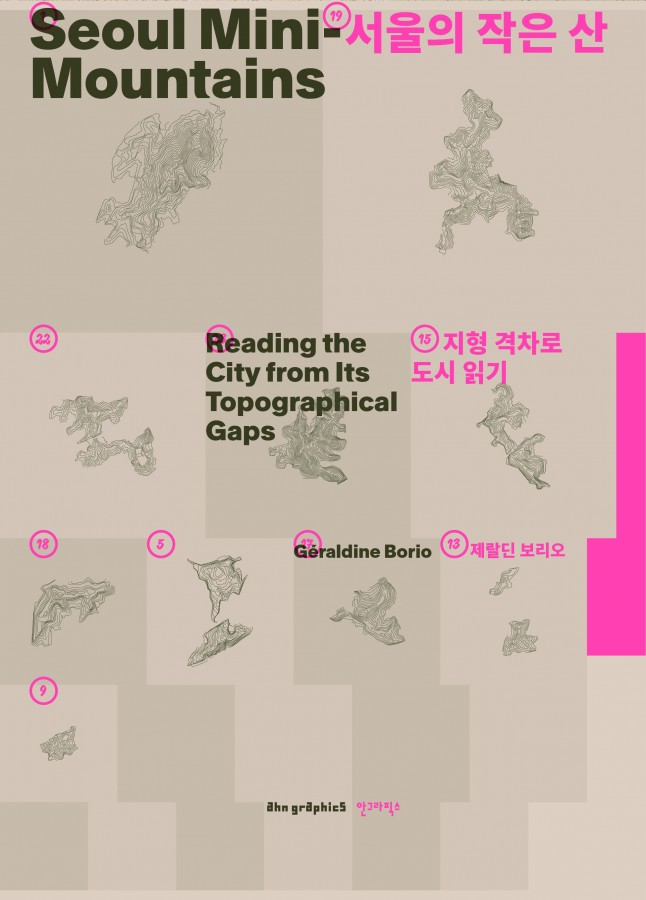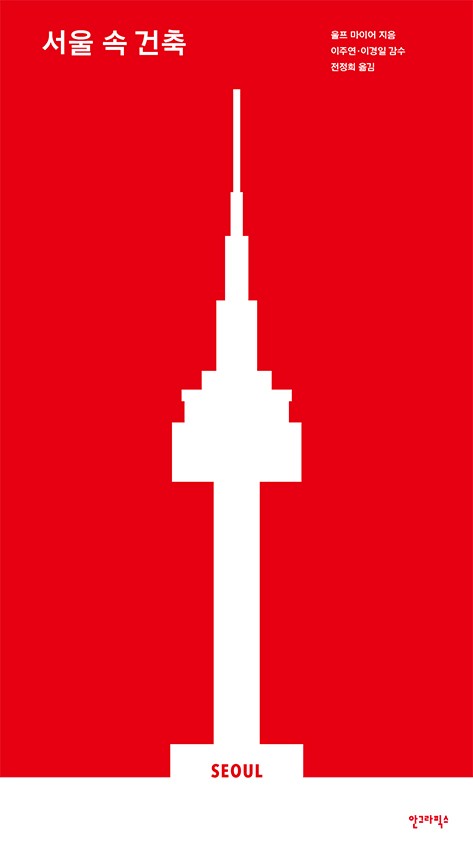Architecture as Heard and Seen Through Kengo Kuma’s Unique Language
32 Architectural Works Expressed in Onomatopoeia and Mimicry
Kengo Kuma is a fourth-generation postwar Japanese architect, following in the lineage of Tadao Ando and Toyo Ito. He is known for advocating small, weak, low, and slow architecture, challenging conventional notions of monumentality and permanence. Since the publication of Natural Architecture in 2010, Ahn Graphics has consistently introduced his works to readers.
In his latest book, Onomatopoeia and Mimicry in Architecture, Kuma presents his projects through his own architectural language. Onomatopoeia and mimicry words are inherently ambiguous and undefined, unlike conventional architectural terminology, which seeks precise and rigid definitions. Kuma undertook this project to critique the rigid, rationalist, and standardized language that has long dominated architecture. His goal is to break free from these constraints and restore architecture’s organic connection to human life.
The book features 32 architectural projects, categorized under 11 onomatopoeic and mimetic expressions, such as bokusubokusu (fluffy), cheopcheopcheopcheop (layered), soongsoongsoongsoong (porous), and palangpalang (fluttering). These projects span across Japan, France, Taiwan, China, the UK, Germany, and Italy, covering a diverse range of building types, including museums, workshops, cultural centers, residences, cafés, installations, city halls, schools, shops, hotels, and tea houses.

